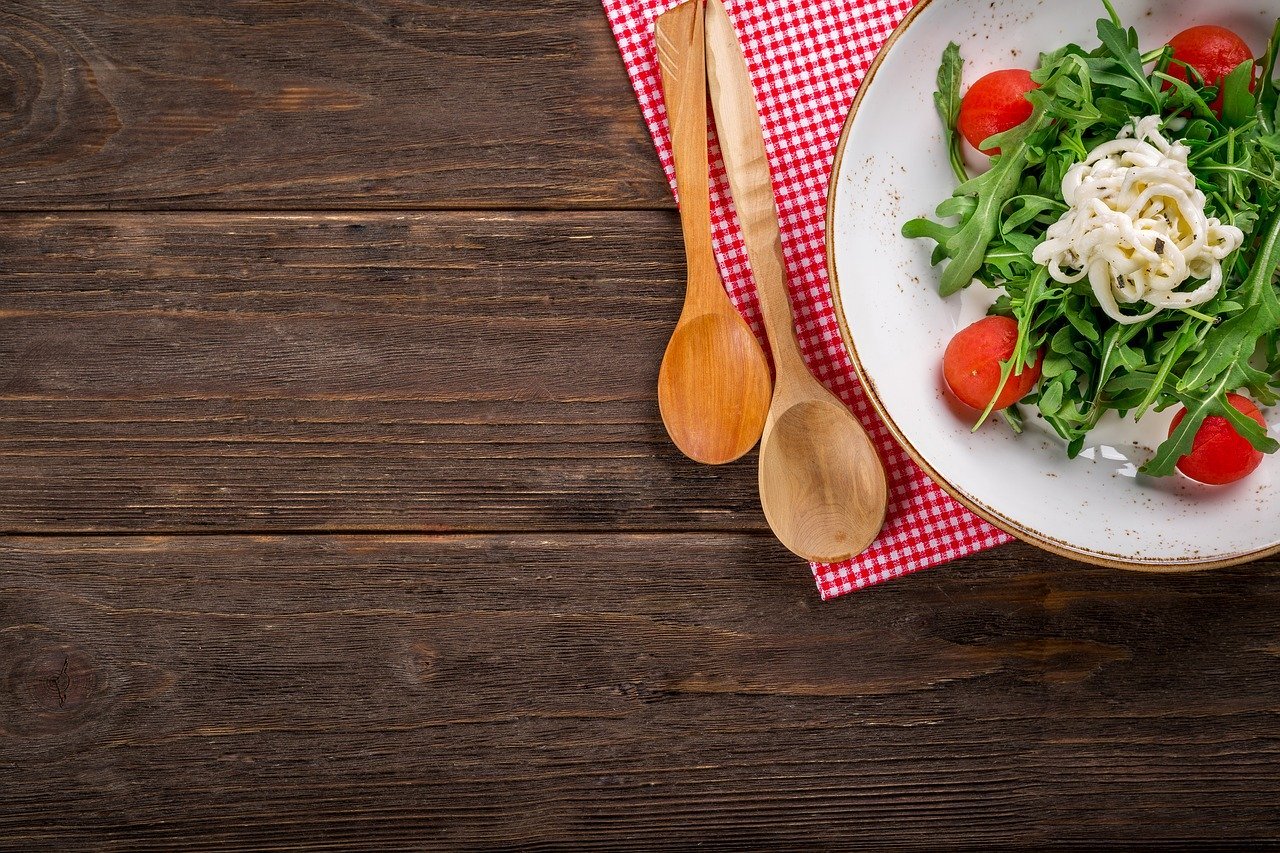Lunch & Language: Use Your Foreign Language Skills While Cooking
We are four months into 2020 and COVID-19 has forced more than 20 countries into quarantine and compelled many more to take preventive measures to contain the virus. Among them is social distancing, which forces people to keep distance from each other and may be difficult to cope with. Yet, there are some positives to this unprecedented situation. For instance, this is a great time to catch up with ourselves and do the things we always wanted to do (which we didn’t have time to do before because of work or other obligations).
Some options to stay busy and entertained and to improve ourselves is exercising at home, learning new skills, practicing a language, or cooking. But what about combining two activities, such as following recipes in a foreign language, for example? Put your language listening and reading skills to the test while learning to cook new and exotic foods to excite your taste buds!
Increase Your Reading Comprehension and Learn New Vocabulary
A great way to start using your target language to cook is to choose a recipe you’re already familiar. As you already know the end result, try to identify and learn the key words that are used. For example, if you want to make a pizza, look for the foreign equivalent of nouns like cheese, dough and tomato, and verbs like grate, mix, cut, chop. Many online recipes and books use images to help with this, as well. This method will help you to meaningfully remember the foreign words for these items, so you can identify them in new recipes later.

Image via Pixabay
Learn Transition Words and Imperatives
Because recipes are short, to-the-point instructions on how to prepare a certain dish, you will usually find plenty of imperatives throughout them: chop the onion, bake the dough, beat the eggs, blanch the tomatoes, etc. Thus, recipes are not just simple to understand, but an opportunity to learn how to conjugate verbs in the imperative form in your target language.
Just be wary that some dialects can be different to others, so one recipe in your target language might be written differently to another if the authors are from distinct countries or regions. River Plate (Argentine) Spanish, for example, uses the present subjunctive for every person except for the second (vos):
- Cortar becomes cortá
- Batir becomes batí
- Descongelar becomes descongelá
Other structures that are very common in recipes are connectors: “After this,” “now,” “then,” “afterwards,” and others are all often used to connect each step of the instructions. These can be tricky to distinguish in the context of a recipe book, but cooking in your chosen language is a great way to put into practice any skills you learn from dedicated language lessons.
Watch a video recipe
Have you ever followed a recipe only to make a mess and not know where it failed? Maybe you mixed the eggs too quickly or the oven was too hot… you’ll never know. One way to remedy this is to watch a video recipe. These are great options to use to improve your listening skills and broaden your vocabulary while watching the cook prepare a dish, step by step. YouTube offers the option to watch many videos with captions, which is a big advantage for beginner-level learners. Watch the recipes come to life and prepare perfect dishes while improving your language skills!

Image via Pixabay
Learning grammar in context is easier, funnier and much more meaningful than doing so only with a textbook! Plus, research shows that movement is useful when trying to retain new vocabulary and structures into your long-term memory, as you’ll associate certain movements with the new words you’re studying. In other words, whisking eggs or putting trays in the oven are some of the best things you can do while learning a foreign language to allow your new knowledge and skills to set.
All in all, the ongoing COVID-19 situation might be inconvenient, but it certainly offers opportunities to develop ourselves and carry out activities we didn’t have time for before, including cooking and language learning. And why not do them both at the same time? Impress your family with delicious desserts and dishes and take them on a gastronomic trip around the world without leaving your home by preparing Spanish tortilla, German strudel or Chinese chow mein. Bring out your inner chef and keep on learning.
Bon Appétit!
Are you feeling inspired to learn a new language while cooking? Contact us and our native-speaking tutors can help you practice any language of your choosing with a course catered to your every requirement.
